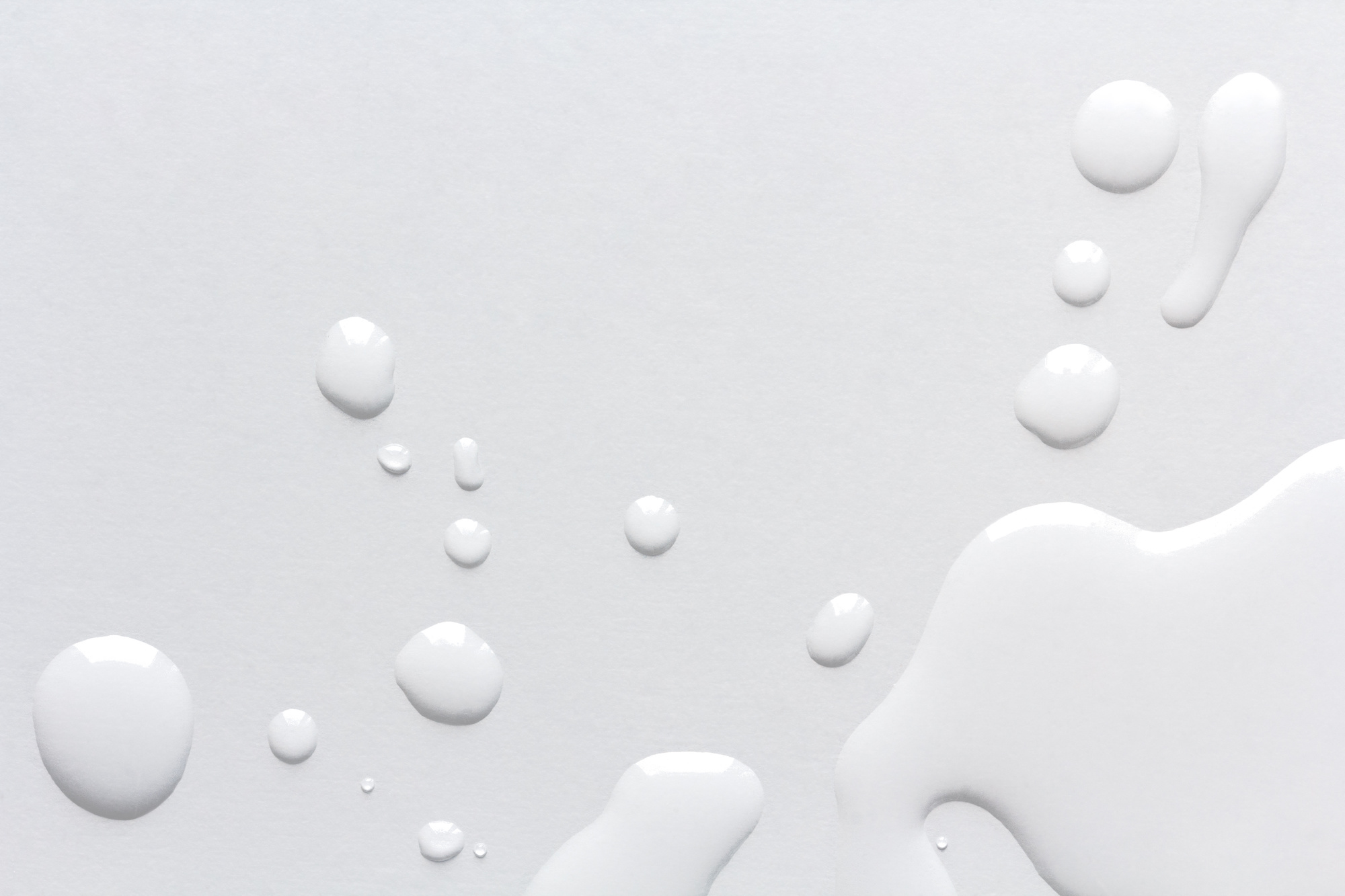How to Make Background Transparent in GIMP
By Hunter
Published June 15, 2023
 How to Make Background Transparent in GIMP
How to Make Background Transparent in GIMP
In the vast expanse of digital artistry and graphic design, the quest to remove background from images is a common challenge that creatives face. Whether you're prepping graphics for web design, tailoring visuals for social media, or crafting handmade goods, the ability to make backgrounds transparent can dramatically elevate your work. GIMP (GNU Image Manipulation Program), the free and open-source image editor, emerges as a powerful ally in this endeavor, offering robust tools to achieve that sought-after transparency with precision and ease.
Step-by-step Guide on How to Make Background Transparent in GIMP
Step 1: Open the Image in GIMP
Begin by launching GIMP on your computer. Once open:
- Go to the 'File' menu located at the top left corner.
- Select 'Open' and locate the image file you want to edit.
Step 2: Add an Alpha Channel
An Alpha Channel is necessary for making parts of an image transparent. Here's how to add one:
- Right-click on the layer in the 'Layers' panel (usually on the right side).
- If 'Add Alpha Channel' is not greyed out, click on it. If it's greyed out, it means an Alpha Channel already exists.
Step 3: Select the Background
There are a few methods you can use to select the background you want to make transparent:
- Fuzzy Select Tool: Ideal for selecting a solid color background. Click on the area you want to make transparent.
- Free Select Tool: Allows you to draw a selection manually. Ideal for more complex backgrounds.
- Color to Alpha: Available under the 'Colors' menu. This option is great if the background is of a uniform color.
Step 4: Delete the Background
Once you've selected the background:
- Press the 'Delete' key on your keyboard.
- If the 'Delete' key doesn't work, you can go to 'Edit' > 'Clear'.
The selected background should now be replaced with a checkerboard pattern, representing transparency.
Step 5: Export the Image
To save your image with the transparent background:
- Go to 'File' > 'Export As'.
- Choose a location to save the file.
- Make sure to save the image in PNG format to maintain the transparency.
Congratulations! You've successfully made a background transparent in GIMP.
Potential Issues & Troubleshooting Tips
Though the process is straightforward, you might face a few issues along the way. Here's what you can do:
- Can't Add Alpha Channel: If you can't add an Alpha Channel, it might already exist, or the image is in Indexed mode. Change it to RGB mode ('Image' > 'Mode' > 'RGB').
- Selection Isn't Perfect: If you're having trouble making a precise selection, try using the 'Zoom' tool to enlarge the image for better accuracy.
- Transparent Areas Aren't Clear: This could be due to the layer below the one you're working on. Try hiding or deleting unnecessary layers.
Tips for Success
- Zoom In for Detail: Work closely on complex edges by zooming in. This precision can make or break the final look.
- Layer Masks: For more control, consider using layer masks instead of direct deletion. They allow for non-destructive editing and finer adjustments.
- Practice Patience: Especially with intricate details, taking your time can greatly enhance the outcome.
Applications Beyond GIMP
While mastering how to make the background transparent in GIMP is a game-changer, it's worth noting that similar principles apply when making backgrounds transparent across various applications. For instance:
Conclusion
Creating a transparent background in GIMP is a vital skill for anyone venturing into the world of digital graphics. Despite the process being slightly intricate, with practice and the help of this guide, you'll master this in no time.
This detailed guide aims to equip you with the knowledge to effectively create transparent backgrounds in GIMP. Remember, the secret to mastery lies in regular practice. Continue to edit and experiment, and soon you will excel at various image manipulation tasks in GIMP, especially with PNG images and SVG images.
Frequently Asked Questions
Why do I need to add an Alpha Channel in GIMP?
An Alpha Channel is needed to create transparency in an image. If your image doesn't have an Alpha Channel, deleting the background will replace it with a solid color instead of making it transparent.
Why isn't the 'Delete' key working to remove the background in GIMP?
If the 'Delete' key doesn't work to remove the background, your image might not have an Alpha Channel. Follow the steps mentioned in the guide to add one.
Can I make the background transparent in any image format?
While you can make the background transparent in any image using GIMP, not all image formats support transparency. For saving the edited image, PNG is the recommended format.
How can I improve my selection of the background in GIMP?
If you're having trouble making a precise selection, consider using the 'Zoom' tool for better accuracy. Alternatively, adjust the Threshold setting if you're using the Fuzzy Select Tool.
I followed all the steps, but the transparent areas don't appear clear. Why?
If the transparent areas aren't clear, there might be another layer below the one you're working on, affecting the appearance. Try hiding or deleting unnecessary layers.